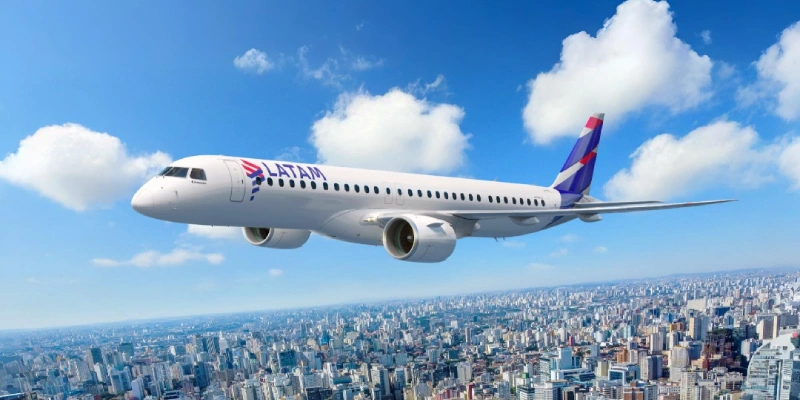In 1981, Airbus stunned the industry by announcing the construction of a new single-aisle aircraft to compete directly with the Boeing 737, a model that had dominated the skies for over a decade. By then, the American manufacturer had already delivered around 1,500 units of its successful aircraft, which had transformed aviation by making short-haul routes more profitable.
Seven years later, in 1988, the first A320 took flight, marking the beginning of a rivalry that would shape the course of commercial aviation for decades to come. Today, that historic duel is tipping in Airbus’s favor: according to the consultancy Cirium, the A320 is on the verge of becoming the most delivered commercial aircraft of all time, surpassing the 737 for the first time.
A Technical Tie That Will Change History
As of early August, Airbus had reached 12,155 deliveries of the A320 family, just 20 units shy of Boeing’s total accumulated deliveries of the 737. All indications suggest that the European manufacturer will overtake its historic rival in a matter of weeks, marking a milestone for the industry.
“Did anyone back then think it could become number one—and with such high production volumes?” asked Max Kingsley-Jones, Cirium Ascend’s consulting director, in a recent publication.
Rise of Airbus: From Newcomer to Giant
The success of the A320 reflects Airbus’s transformation: from a European consortium founded in 1970 with the backing of several governments, it became a direct competitor to Boeing. Despite internal tensions, political disputes, and an incomplete aircraft lineup in its early years, the manufacturer understood that its future depended on entering the single-aisle segment, the most in-demand market in the world.
→ Airbus Exceeds Profit Expectations in Q2 and Maintains 2025 Forecasts
The opportunity arose in the late 1970s, when rising fuel prices and the deregulation of the U.S. airline market forced carriers to seek more efficient alternatives. Airbus took a gamble with revolutionary innovations: digital fly-by-wire controls, side joysticks instead of traditional yokes, greater ground clearance, and the option to choose between two types of engines.
Hits and Misses in the Competition
The bet paid off. Today, the A320 and 737 represent nearly half of the global passenger aircraft fleet in operation. While the A320 became synonymous with efficiency and reliability, Boeing faced serious setbacks with the 737 Max, plagued by the MCAS system that contributed to two fatal crashes and a 20-month global grounding in 2019.
Airbus has not been immune to problems either: the Pratt & Whitney engines on the A320neo have experienced issues with high-tech coatings, forcing airlines to withdraw aircraft from service for inspections and repairs. This has led to delays for carriers and overcrowded maintenance facilities.
The Future: New Technologies and New Rivals
With both models nearing the end of their technological evolution, an inevitable question arises: what comes next? China is already vying for a place with the Comac C919, which operates domestically but lacks certification in Europe and the United States.
Boeing, for its part, acknowledges it is working on a next-generation aircraft, though CEO Kelly Ortberg clarified in July that advancements in engine technology and financial stability are still needed before making the leap.
Airbus, with a stronger financial position, is looking further ahead. Its CEO, Guillaume Faury, confirmed that the company is working on an A320 successor for the next decade, with entry into service expected around the mid-2030s. Among the options under consideration is an open-rotor engine for greater efficiency and, in the long term, a hydrogen-powered model.
A Historic Handover on the Horizon
After more than 40 years of competition, the A320 is poised to snatch the title of most delivered aircraft in history from the 737. This shift represents not only a change in leadership by the numbers but also a reflection of how innovation, strategic vision, and adaptability have defined the course of modern aviation.
With information from Bloomberg
Related Topics
Embraer Opens Office in New Delhi, India
TrueNoord Places Firm Order for 20 Embraer E195-E2 and Secures Purchase Rights for Up to 30 Additional Jets
Embraer Delivered 62 Aircraft in Third Quarter of 2025
LATAM Airlines Announces Agreement with Embraer to Purchase Up to 74 E195-E2 Aircraft

Plataforma Informativa de Aviación Comercial con 13 años de trayectoria.




